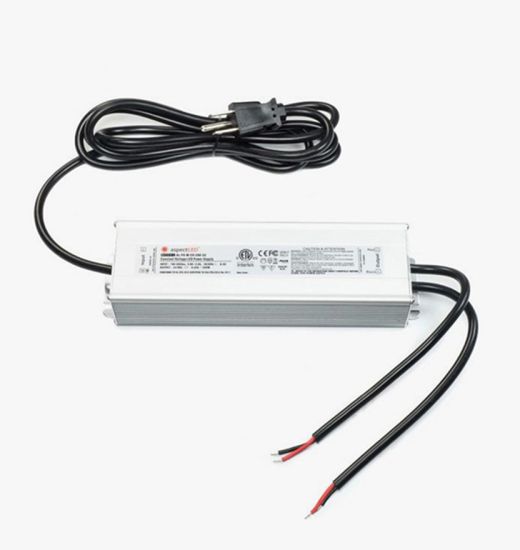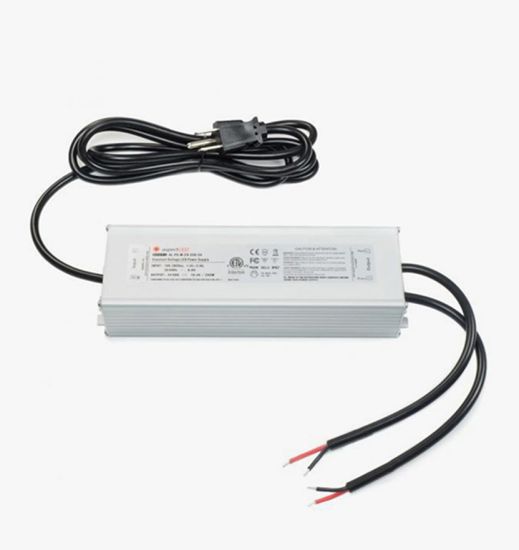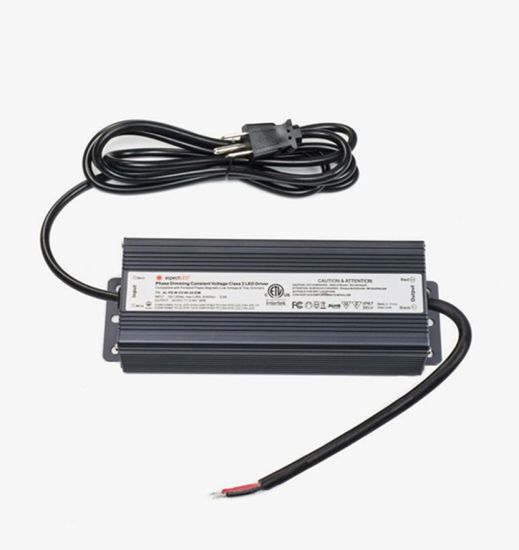Power Supplies
-
-
- 18 Watt LED Power SupplyAs low as $24.12
- 30 Watt LED Power SupplyAs low as $27.93
- 60 Watt LED Power SupplyAs low as $38.08
- 100 Watt LED Power SupplyAs low as $51.97
- 150 Watt LED Power SupplyAs low as $71.16
- 200 Watt LED Power SupplyAs low as $83.79
- 250 Watt LED Power SupplyAs low as $99.23
- 300 Watt LED Power SupplyAs low as $158.74
- 45W Dimmable LED Power SupplyAs low as $93.97
- 60W Dimmable LED Power SupplyAs low as $106.67
- 80W Dimmable LED Power SupplyAs low as $124.16
















